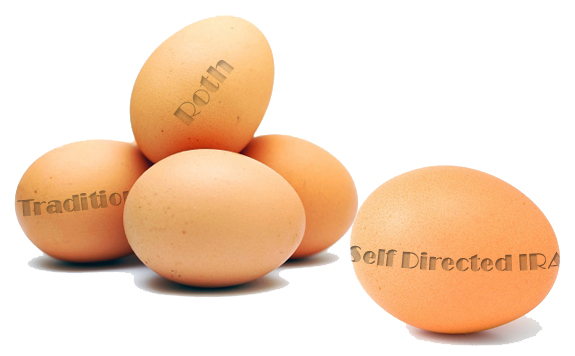Taxation of IRA accounts
Before you invest in a self-directed IRA it is important to understand the tax ramifications related to IRAs. The two common questions that I get related to taxation of self-directed IRA’s are:
- What are the tax ramifications of a Self Directed IRA?
- My investor lost all of my self-directed IRA money. What are my tax ramifications?
To begin we need to understand what an IRA is. An Individual Retirement Account commonly referred to as IRA provides tax advantages for retirement savings. There are several different types of IRAs including:
Traditional: A pre-tax IRA. Income is taxed at retirement.
Roth: A post tax IRA. Income is taxed now and all growth becomes tax-free
SEP / Simple: A company sponsored IRA similar to 401k accounts
Self Directed IRA:
A Self Directed IRA is an IRA that uses Traditional, Roth, SEP, and Simples. The difference is a Self Directed IRA allows you to invest in more non-traditional Investments. Most IRA invests strictly in stock, bonds, and mutual funds. Self Directed IRA’s invest in such investments as Real estate, private placements, gold and silver, loans, trust deeds, tax liens, and other non-traditional investments.
If you would like more information about the contribution limits of IRAs read, “Retirement Contribution Limits – IRA Limits“.
There are no tax ramifications when transferring an IRA with another custodian into a Self Directed IRA. The only time taxes are paid is in the event of a Roth IRA conversion (moving a traditional IRA to a Roth IRA) or taking a distribution from your IRA (IRA funds are sent to you).
In addition, if you invested your IRA funds into an investment and that investment has been lost or is worthless, you do not owe any taxes on the loss. The investment has not been taxed or reported as income on your personal taxes so there are no taxes you have to pay. Also, since you have not claimed any of the income yet you cannot claim the loss on your taxes.
If you would like more information about IRA accounts to check out Pub 590 from the IRS or contact me for some general information related to taxes and your self-directed IRA. If you in-depth tax questions related to your specific situation I would consult with a tax accountant.
Author: Ben Barker, Self-Directed IRA Professional
1.801.683.9291
ben@accuplan.net
